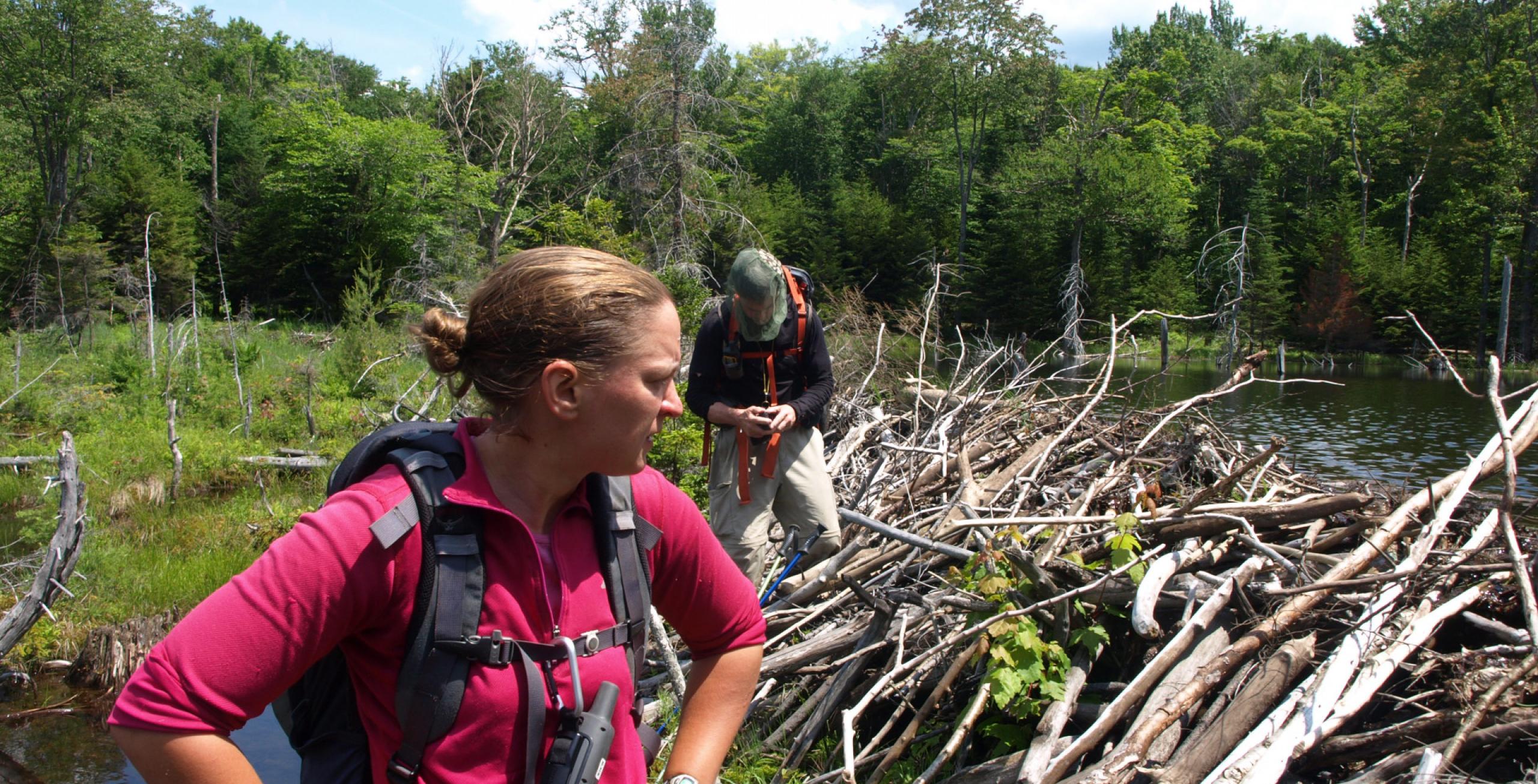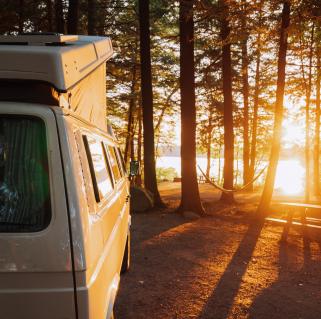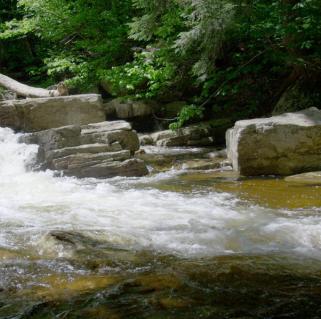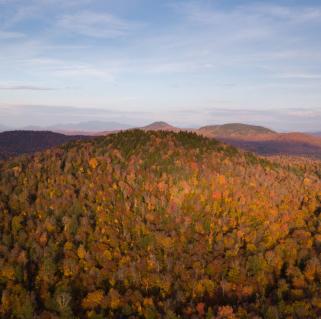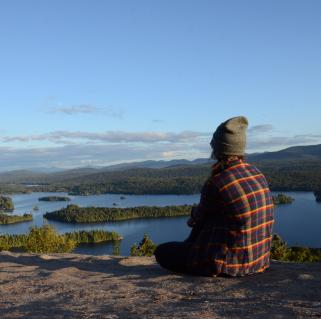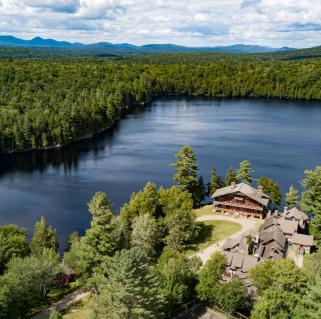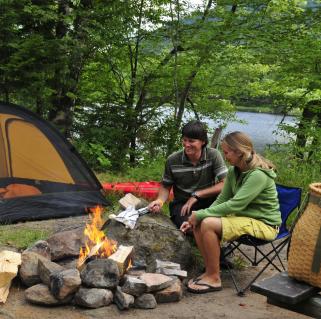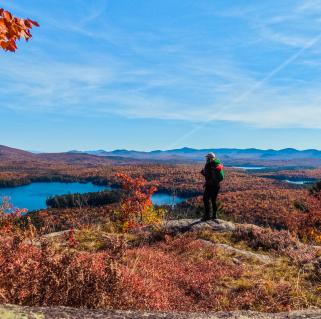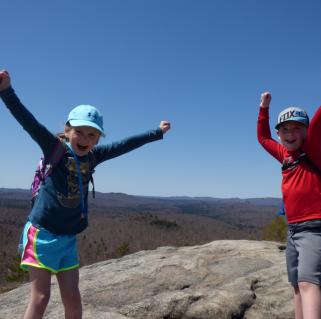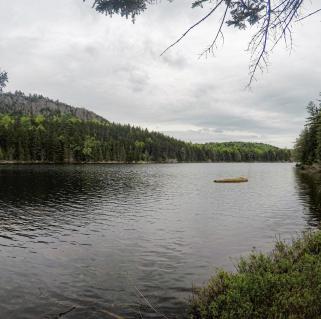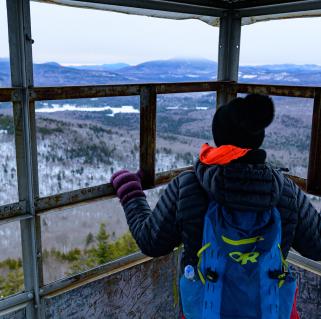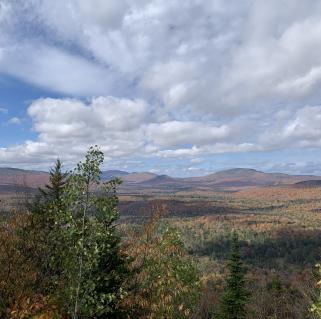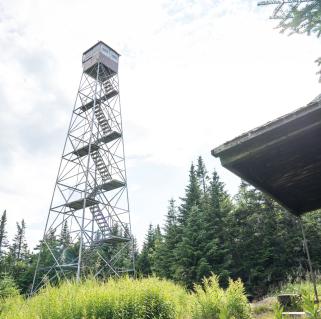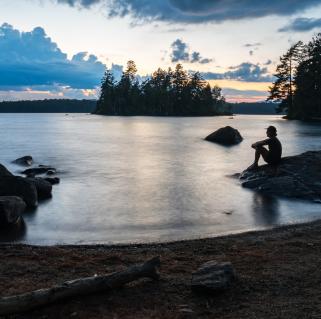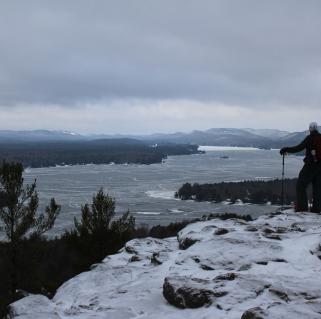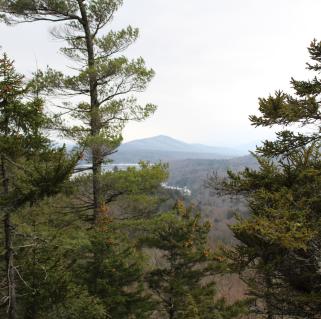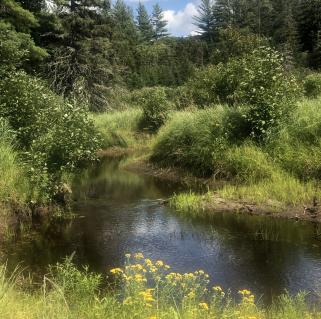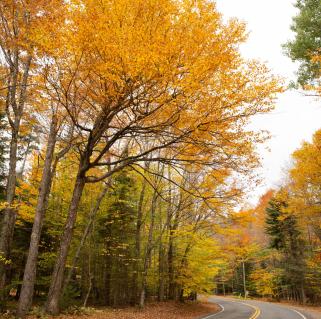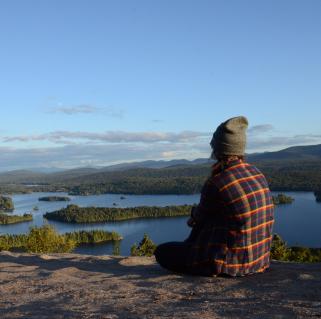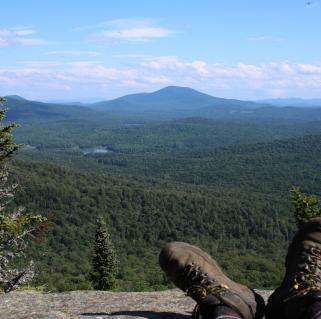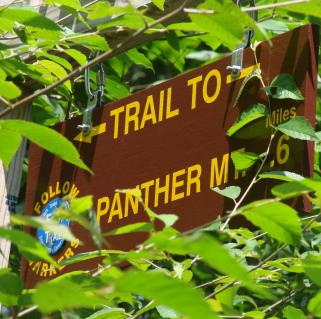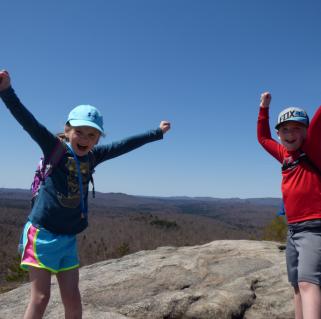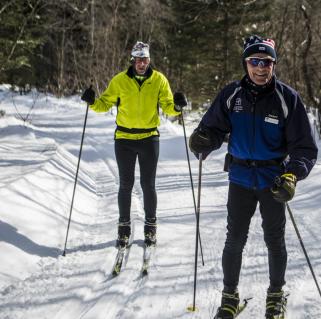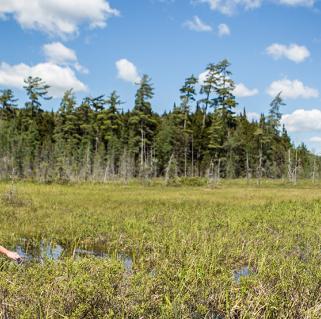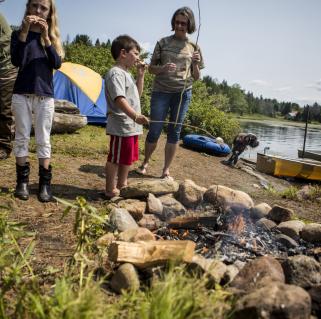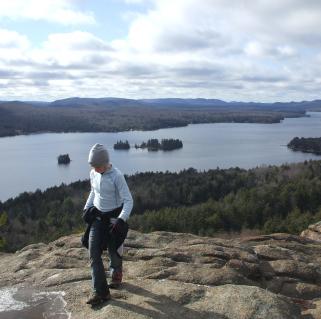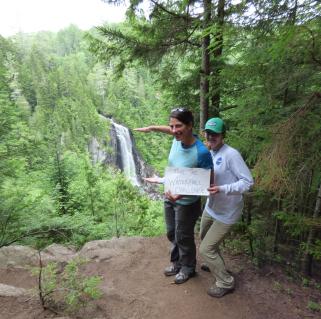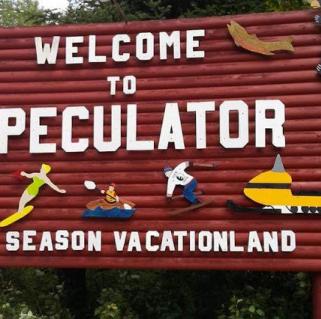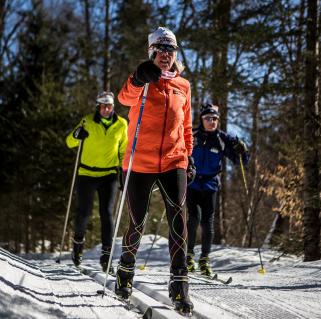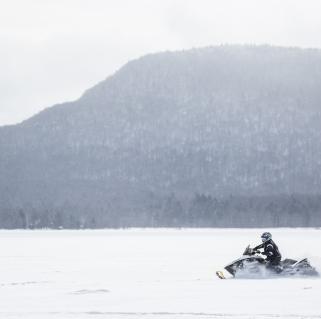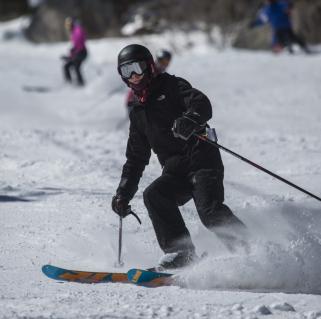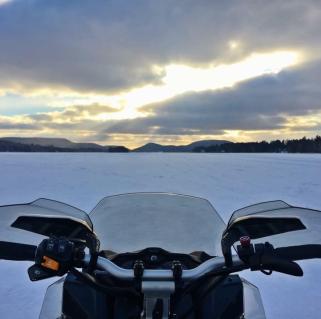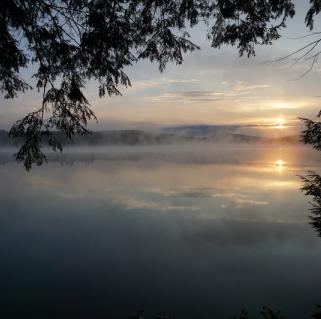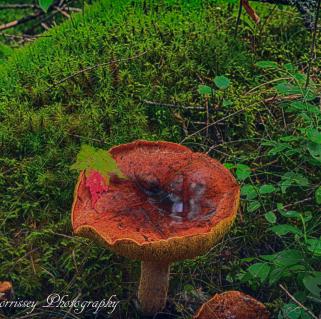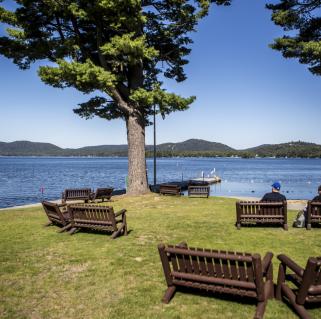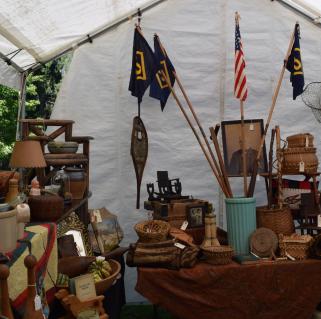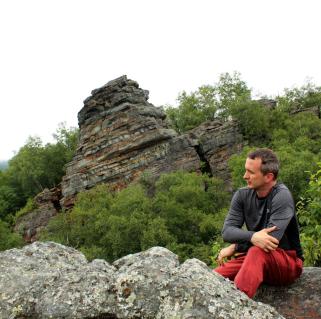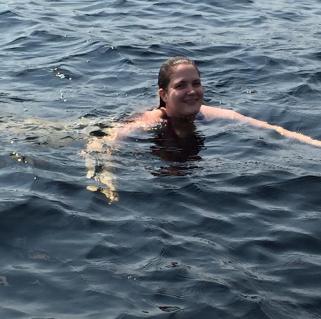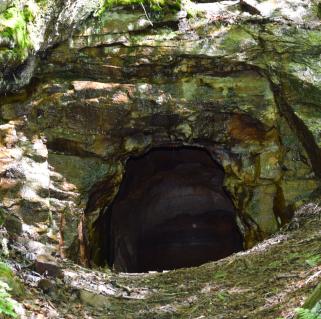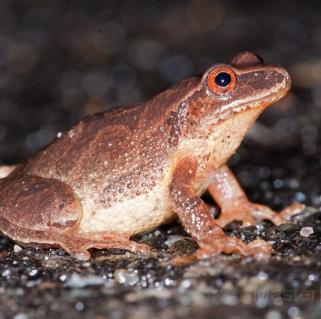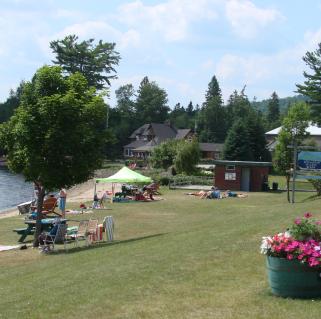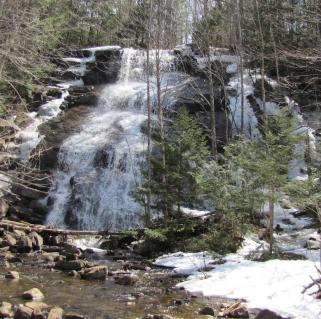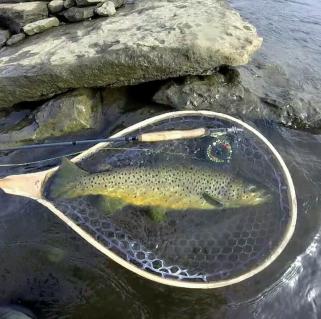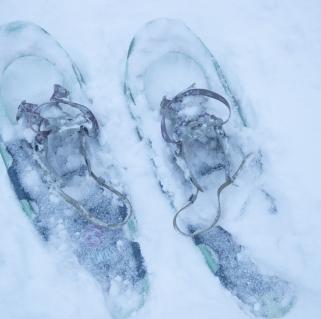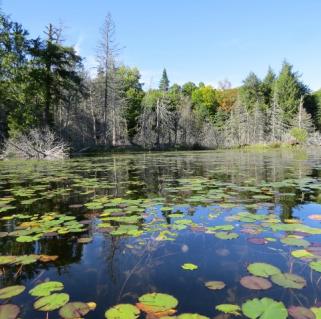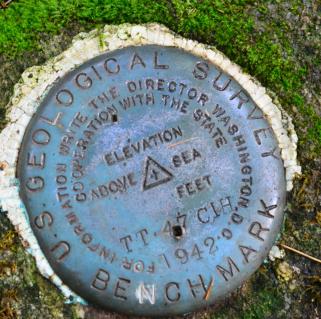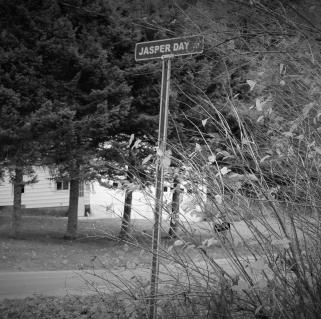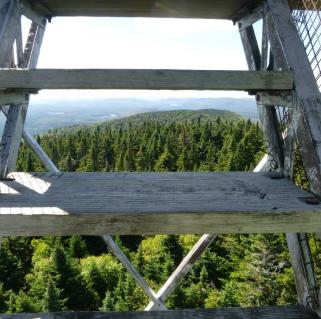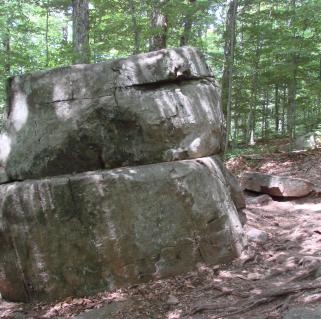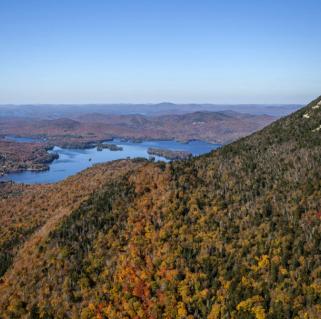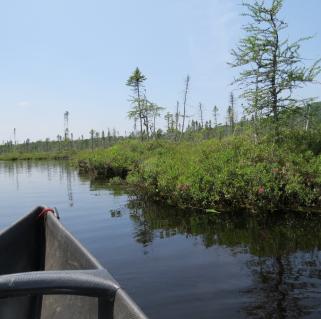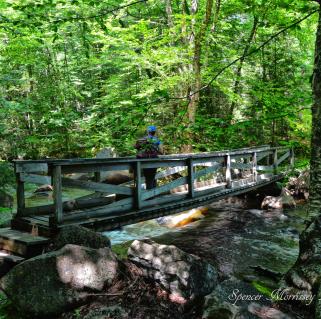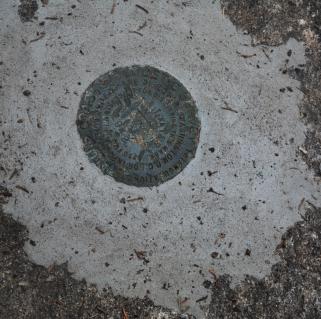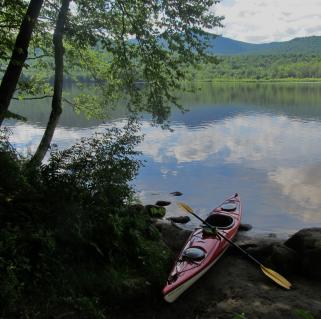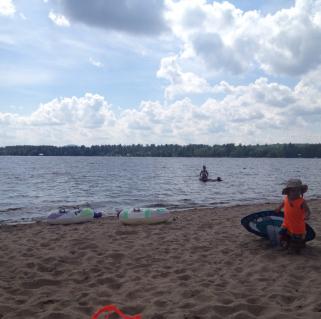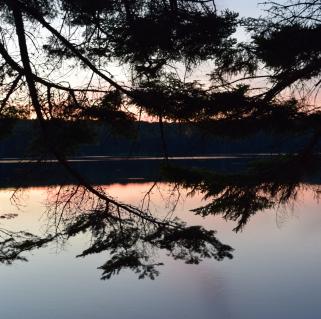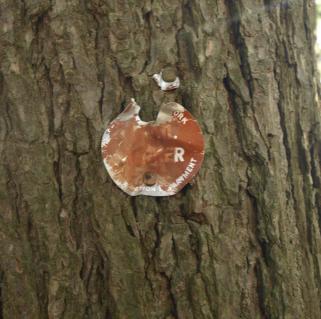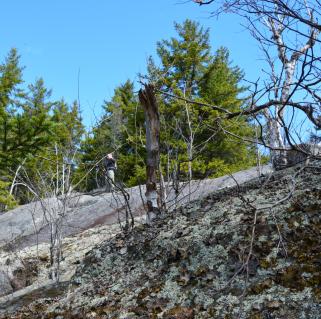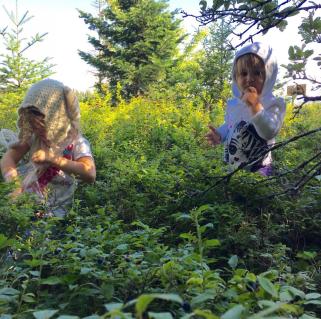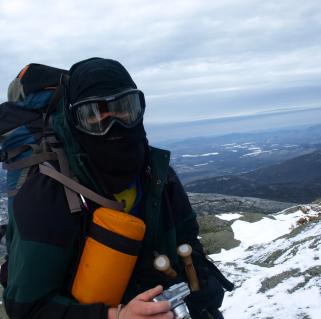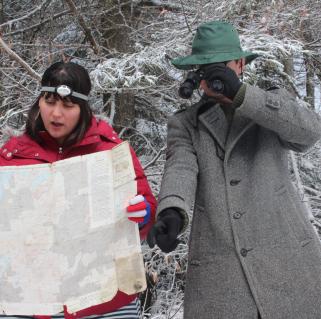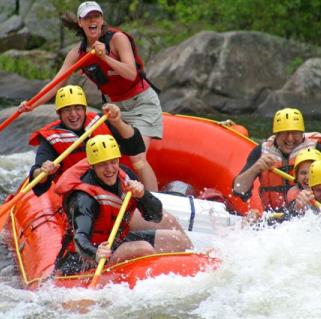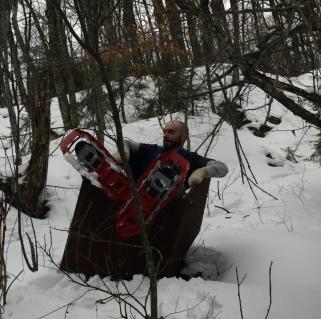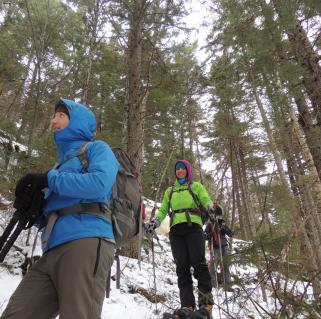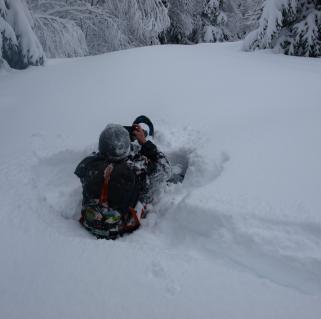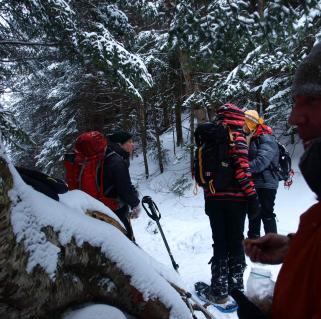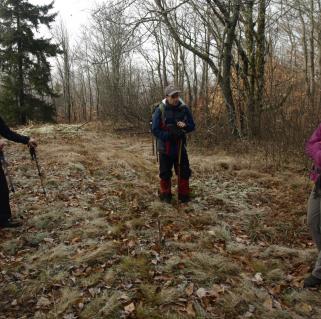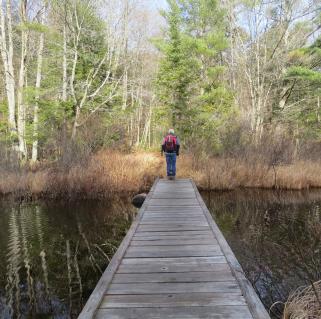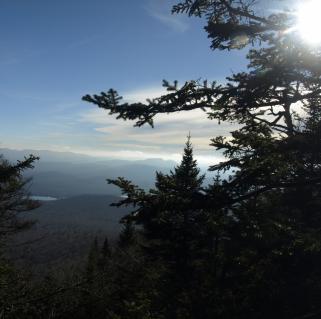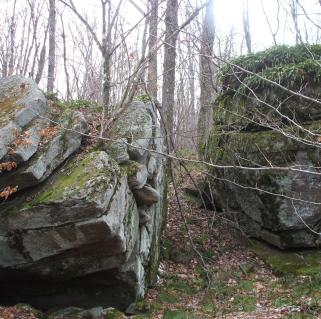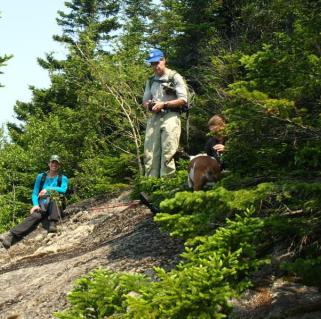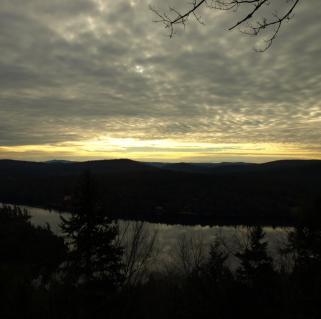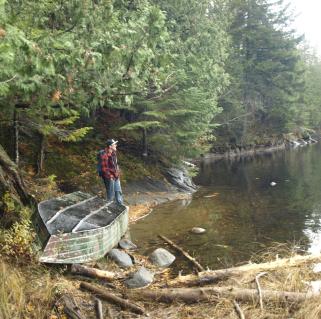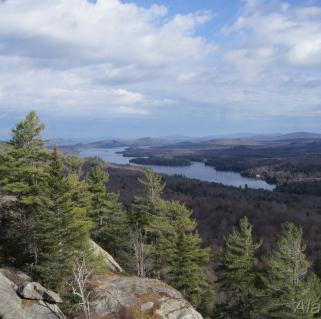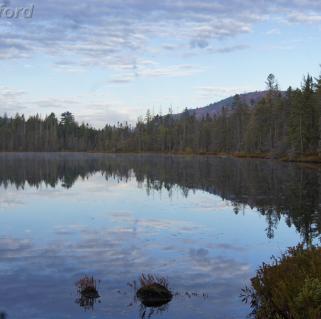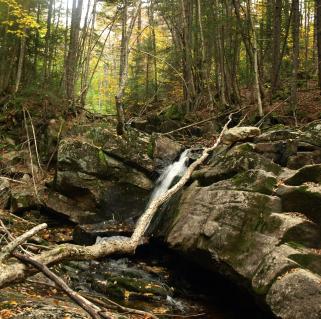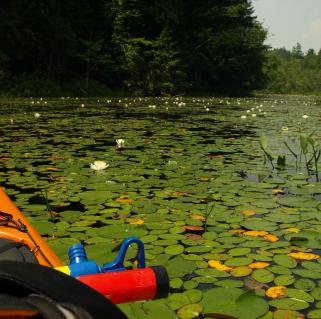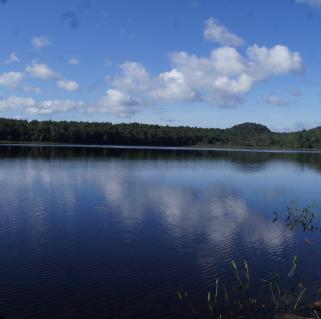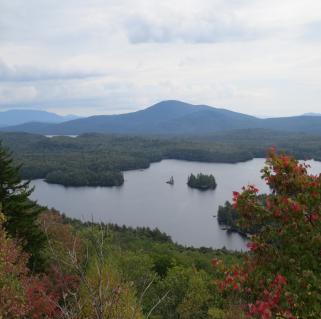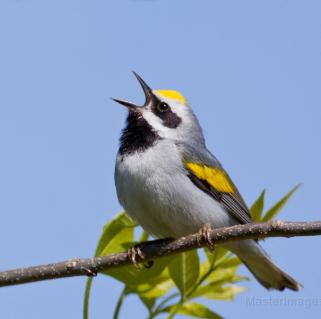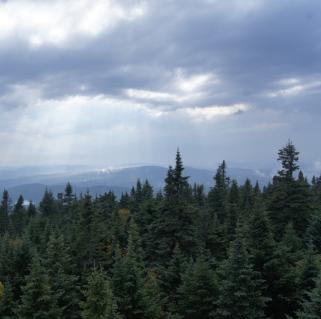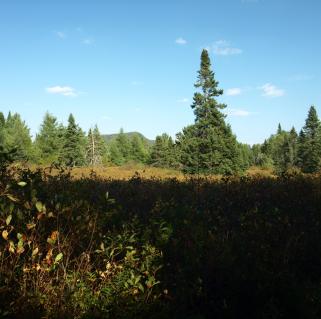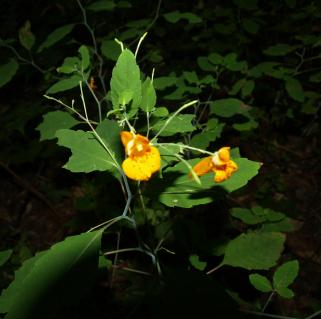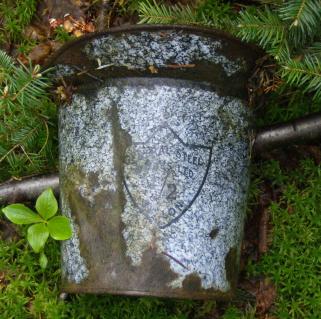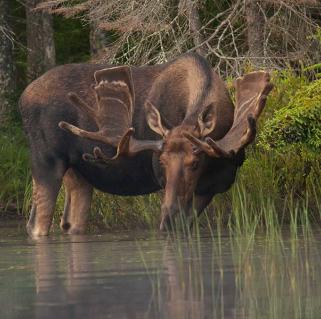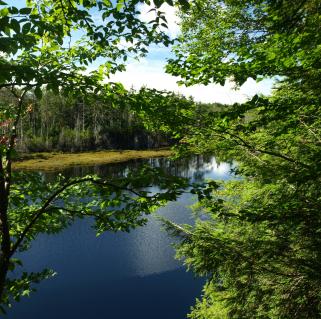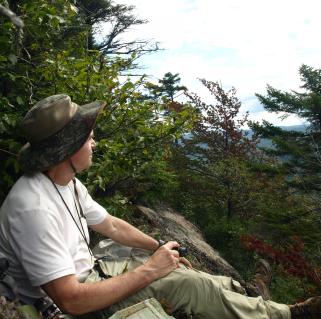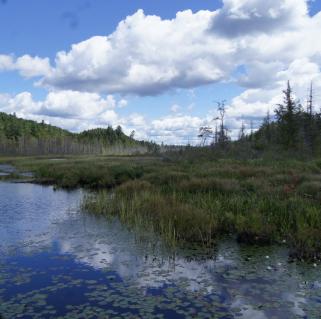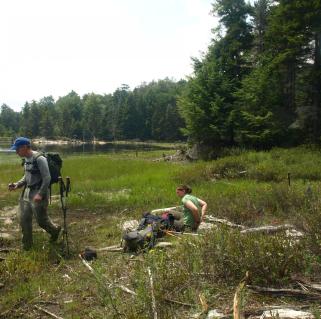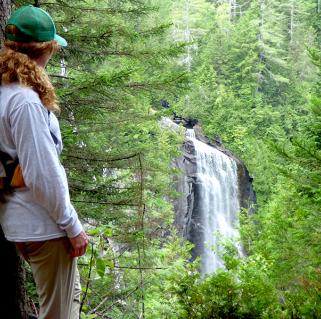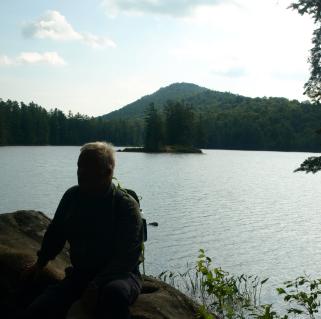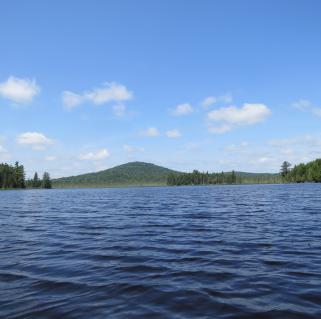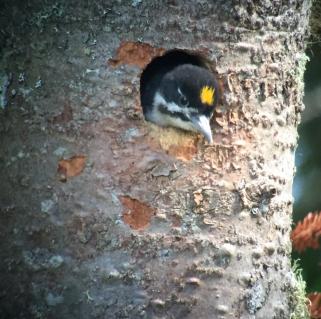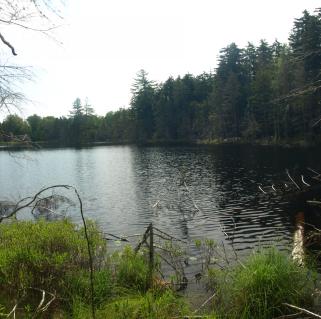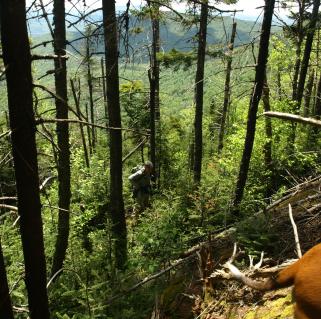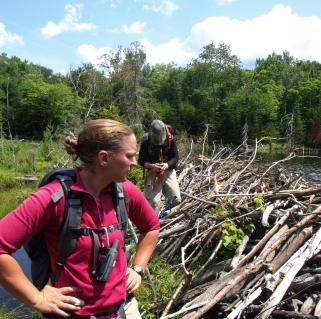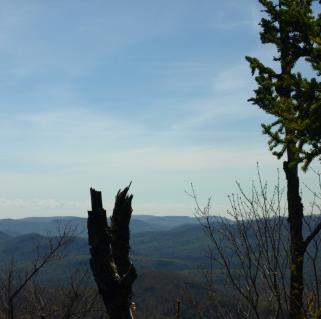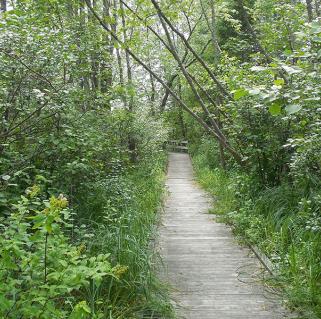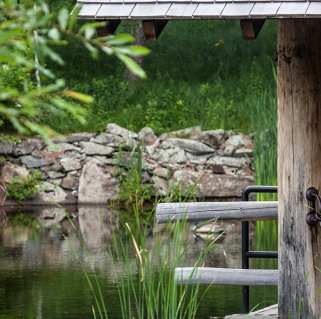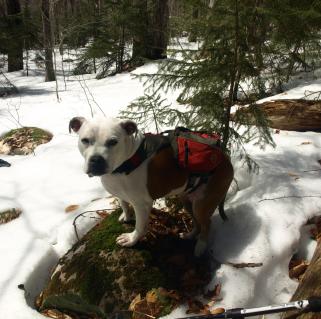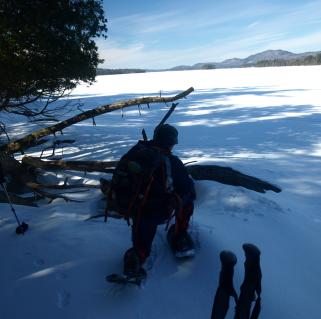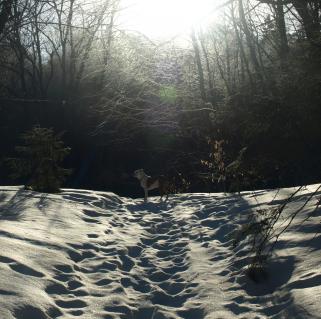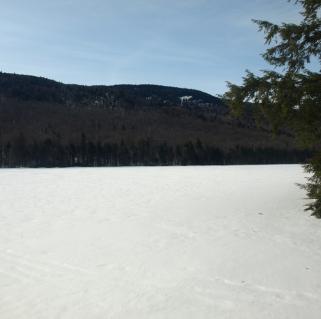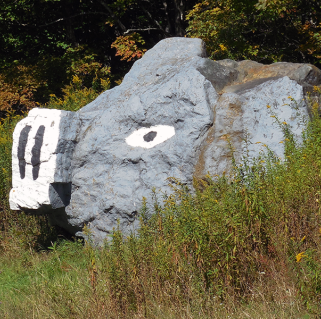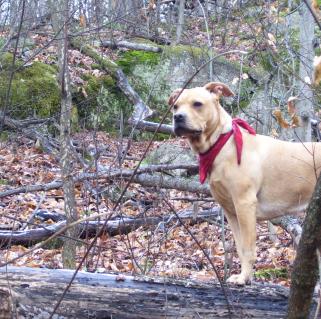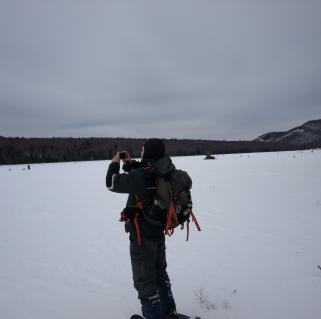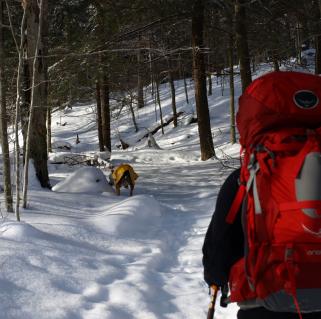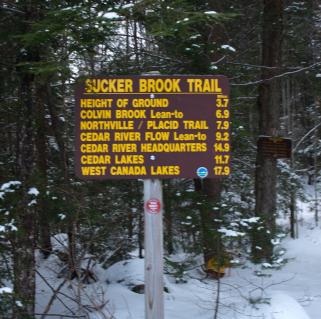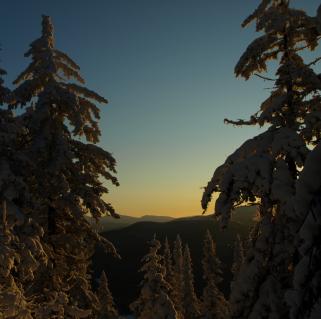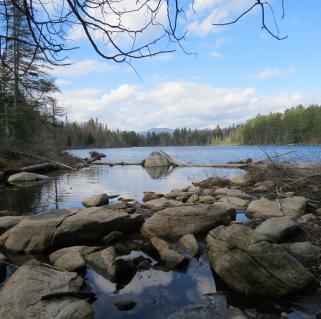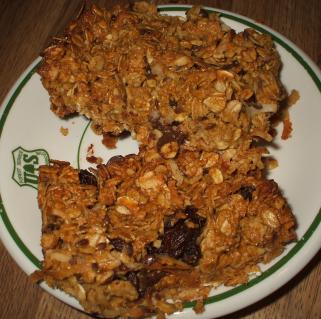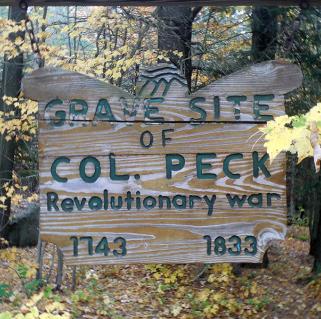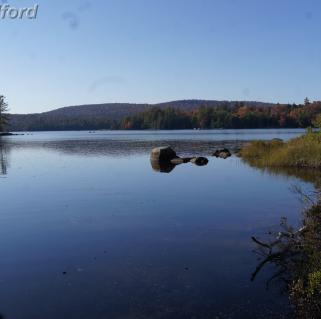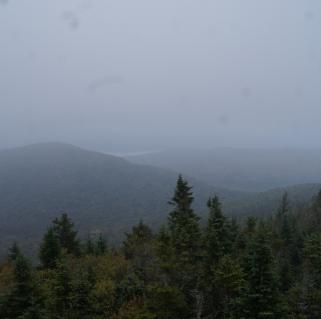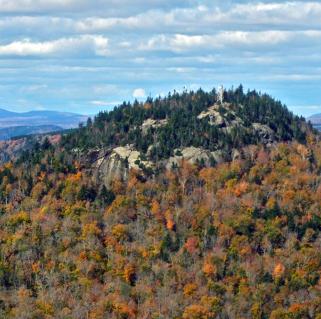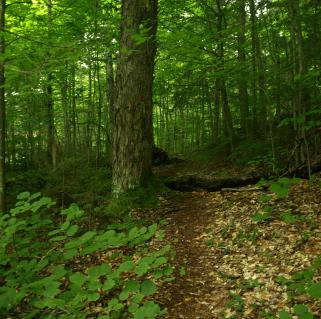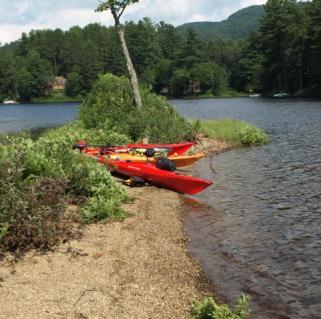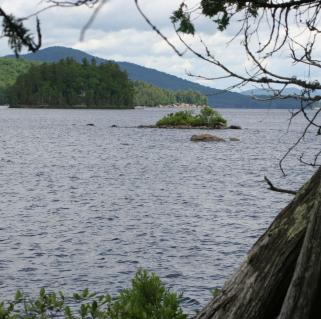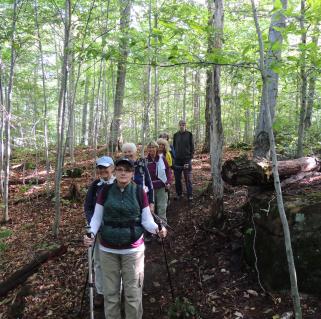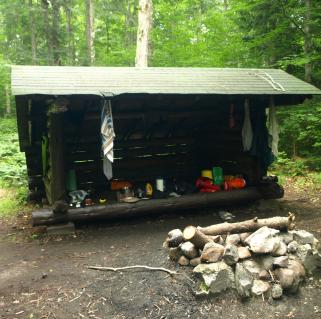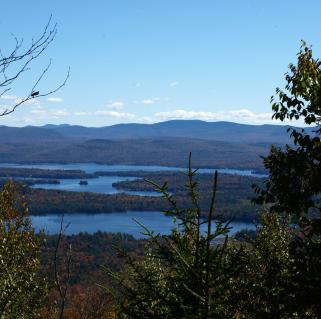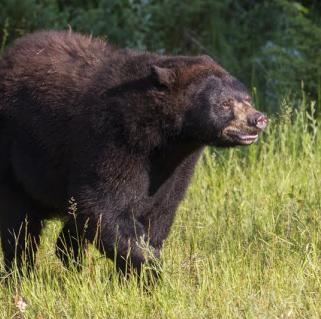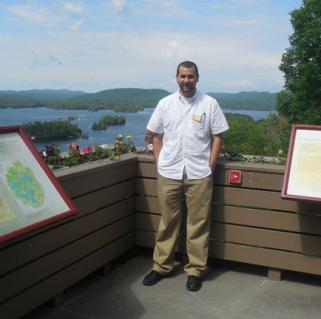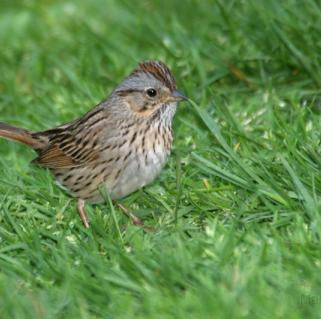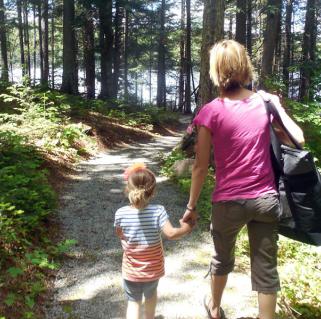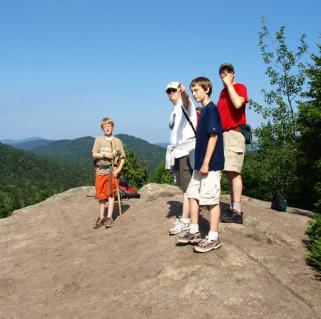Adirondack Bushwhacking
I have been exploring the Adirondack backwoods for decades and much of that time has been spent off-trail, through the forest, thick and thin, bushwhacking. I took on the formidable task of bushwhacking the 46 High Peaks, and now I plan to hike all the named peaks in the Adirondack Park. I estimate that are 1,725 of them, and most of them don't have trails. I mention this only because I couldn't have done this without first learning about bushwhacking, by starting small and learning as I go and from others with much more experience.
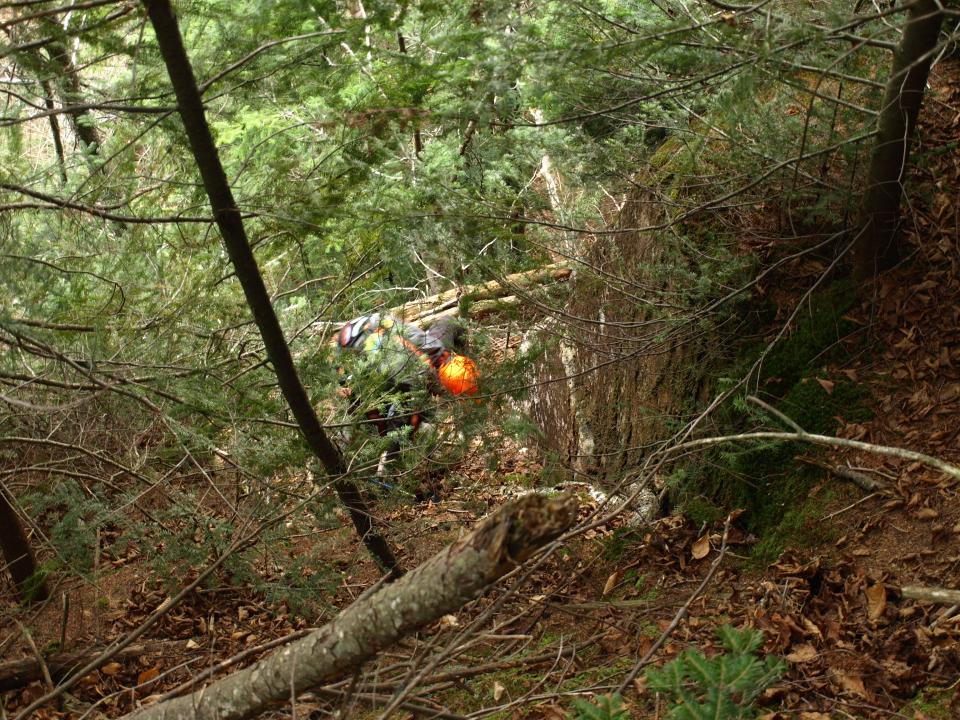
Bushwhacking should not be taken lightly, and should not be taken on by jumping in with both feet. However, you may already have more experience than you think. Think of it this way, hunters bushwhack all the time, it really isn't all that different. For those of you just getting into it I recommend starting small to get used to your map and compass and GPS. Practice where you know you won't get lost just to test yourself and your gear. Then as your comfort level starts to build, branch out a bit. I also recommend you take half to full day courses in orienteering with map and compass, and a GPS course to learn about its many features and how to take advantage of this important technology. Navigation is essential to a fun and safe time exploring between the contour lines.
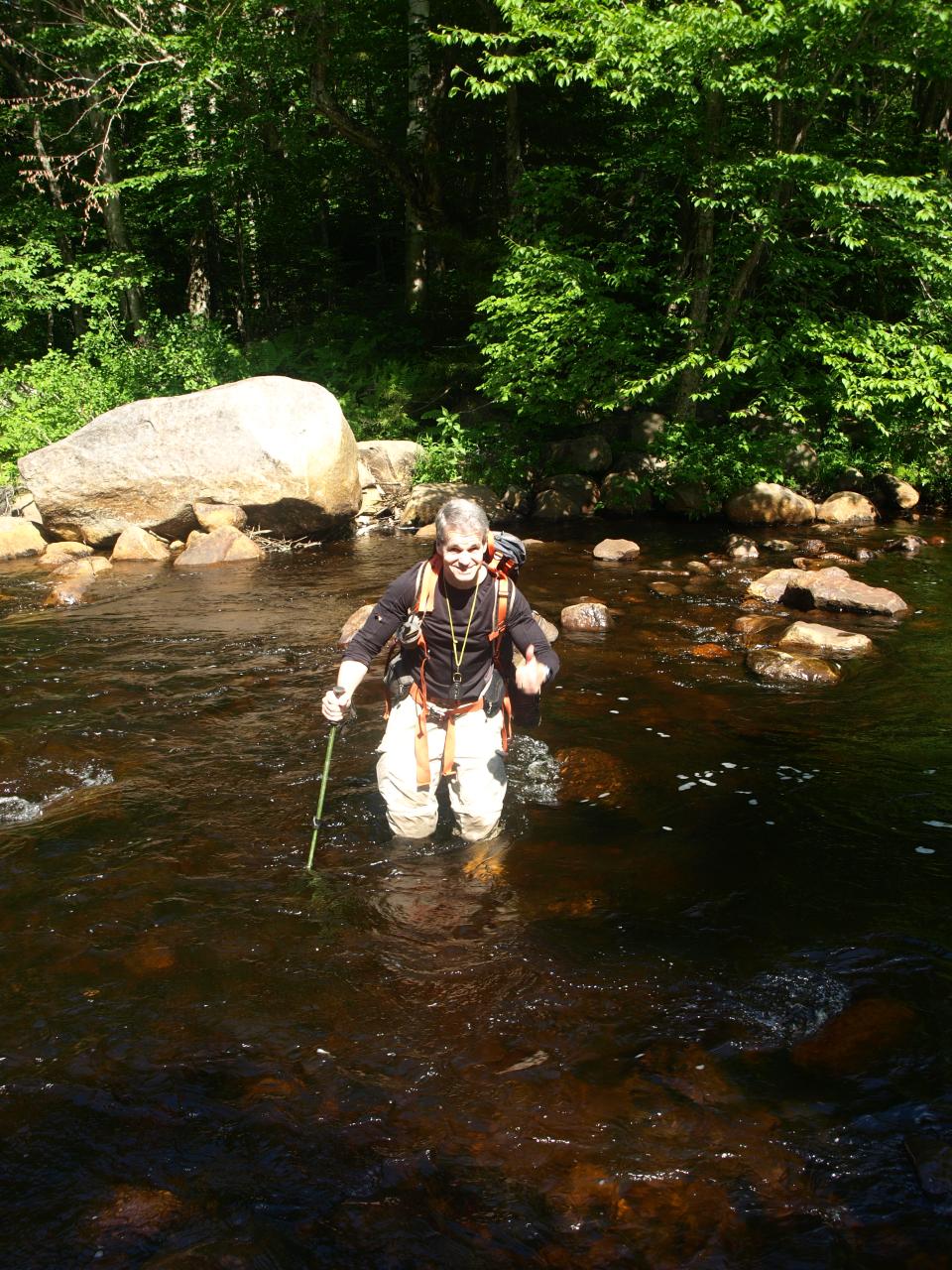
While hiking alone or solo is not a rare concept anymore, bushwhacking should really be done in a group. If that is not an option, make sure you leave an itinerary behind with someone and follow it as closely as you can.
Bushwhacking has become a much more interesting and admired past-time and quite honestly is drawing more and more people in on the fun. A few popular ventures include The Adirondack 100 Highest, the old fire tower peaks where the trails have been abandoned, and the Adirondack 3000-footers where a large majority of the peaks are truly trailless. With that being said, don't let the pressures of trying something new and exciting, glaze over common sense. Do your homework, ask questions, be prepared, have a game plan, an emergency plan, proper gear, and most of all tell someone where you are going. I cannot stress that enough. Find a hiking partner that loves to do it as well, it's more fun to share in an adventure and safer by far.
Dangers of bushwhacking
Bushwhacking also has inherent dangers not seen on most hikes where trails are involved. Some of these include, but are not limited to:
• Higher risk of getting lost
• Thick undergrowth making travel more difficult
• Blow-down or dead-fall blocking travel and requiring you to reroute your course
• Injured body parts including: twisted ankles, hyperextended joints, eye injuries, broken bones, etc...
• Confrontation with hunters, not bad ones, just ones where you should consider brighter clothing
• Extended time for search and rescue personnel to find you if something goes wrong
• No wayfinding tools like signs and trail disks
• Deep unconsolidated snow
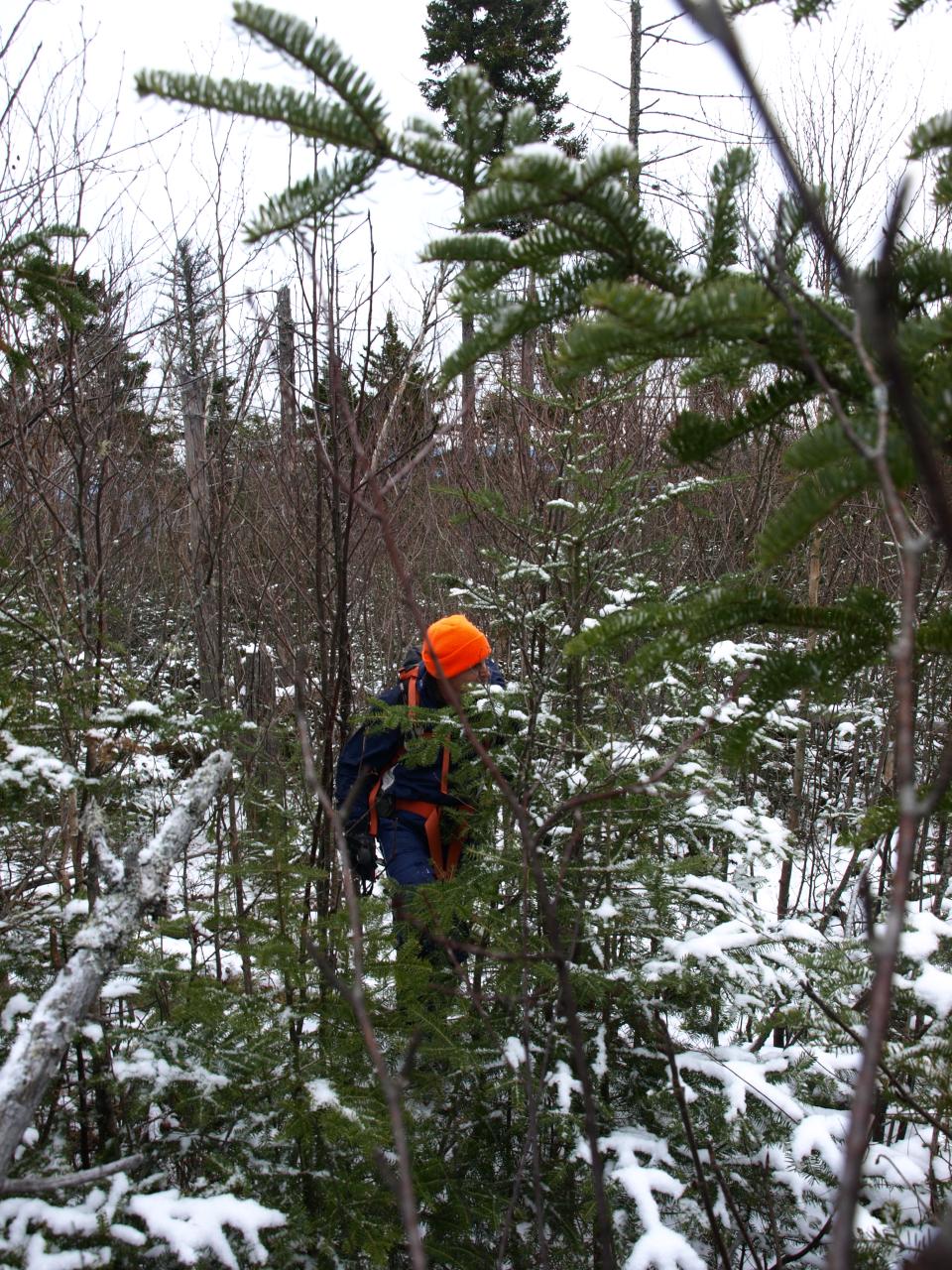
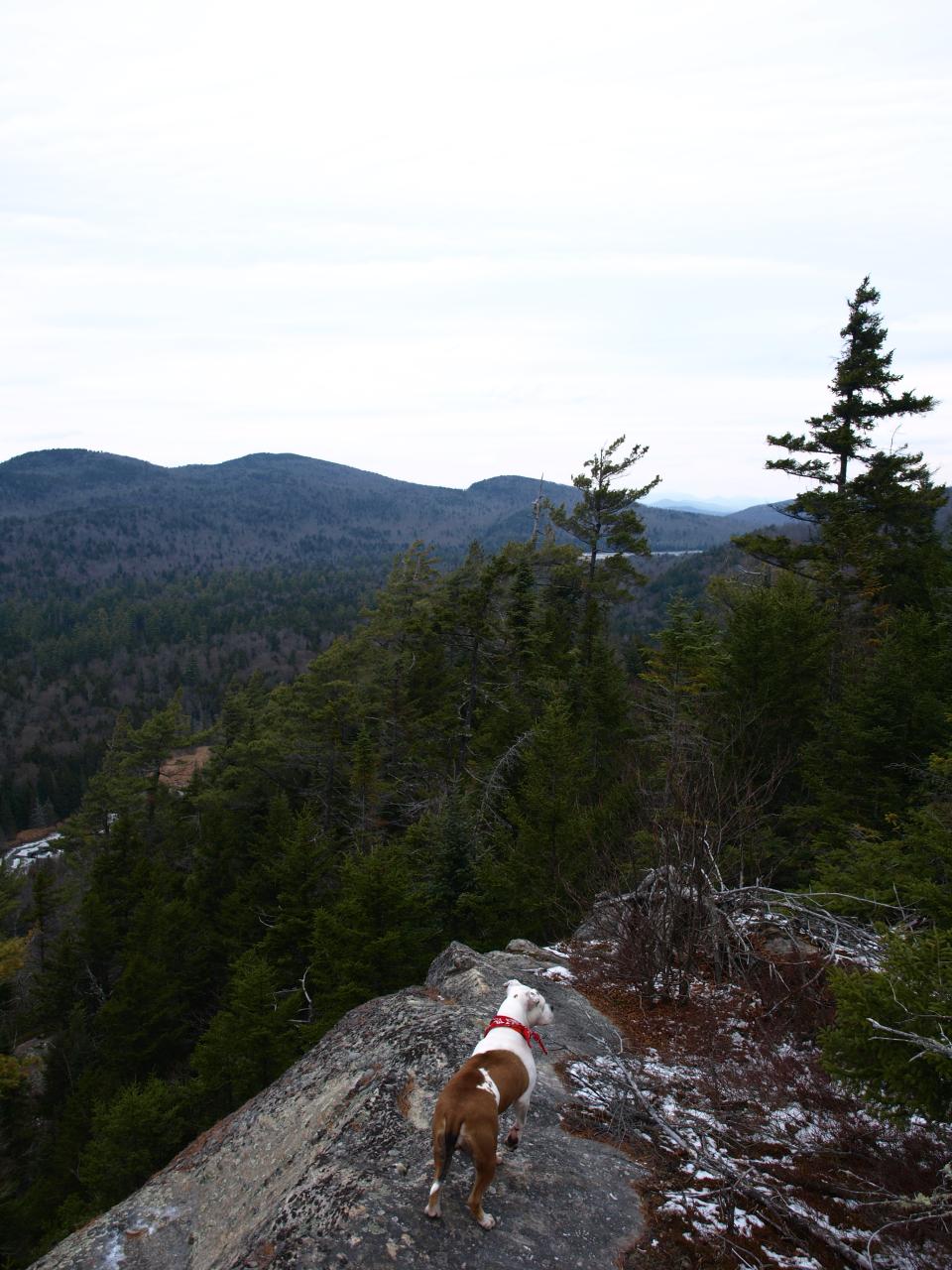
Benefits of bushwhacking
Bushwhacking also offers great potential that surely outweighs any of the bad. When exploring off trail you have the chance of:
• Wildlife experiences that you don't get on large crowded trails
• Personal space and solitude
• Unique views that don't get enjoyed by those only on trails
• Hidden treasures await the explorer—logging camps, waterfalls, caves, rock formations, an antler shed, wetland area with a rookery, rock slides, cold water springs, and so much more...
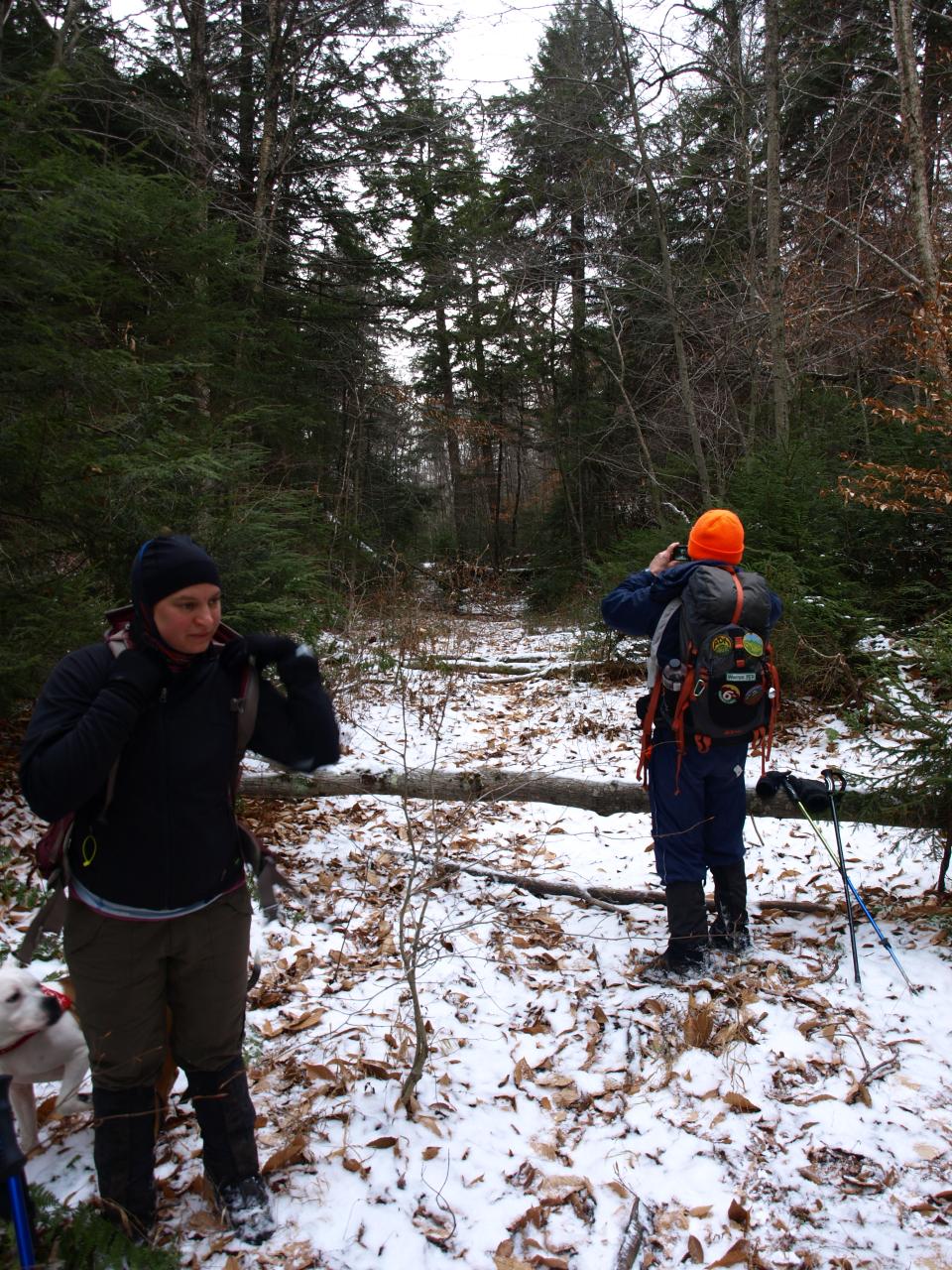
Gear for bushwhacking
Gear associated with bushwhacking is not all that dissimilar to that of any day hike or overnight excursion that you might partake in on trails.
First you have the basics for your typical daypack:
- Food
- Water, 1 liter for every two hours
- Rain jacket, that can also be used as a wind barrier
And, of course you should always have your Emergency Kit (just in case you should have to spend the night in the woods) which might include:
- Matches
- Emergency blanket
- Fire Starter
- Whistle
- Dry Socks
- Dry Shirt
- Two Grocery Bags or two large food storage bags – just in case your boots get wet to use as liners between socks and boots
- First Aid Kit
- Water Filter
- Map and compass – and know how to use it
- Camera, optional
- Sunscreen, optional
- Bug repellent, optional
Extra stuff for bushwhacking
• GPS – Optional only if you have an area map and compass (you should always have a map and compass - even if you have a GPS!)
• Eye protection
• Gloves – to protect hands from branches and rock scrambling
• Sturdy boots, over the ankle – this should not be optional. Low hiking boots and trail running shoes have their place, just not when bushwhacking
• Long sleeved pants and shirts, this will protect you from scratches through thicker terrain, blowdown and berry bushes
• Extra food, bushwhacking is much more demanding and requires more energy output than trail hiking
Bushwhacking lingo
As with all sports there is a lingo of slang terms that come along for the ride. When doing your research you might come across a few of these terms and wonder what the heck they are talking about. So here are a few that you might run across in your travels:
1. Tree quota—this is the max number of trees that you can be slapped by, poked by, run into, and have to push through, before you become frustrated and start swearing at the sky.
2. Portable handrail—this is a feature of the forest that you grab to help yourself along and it pulls from the ground, usually a dead tree or snag.
3. Handrail—this is a land feature that you can follow to aid you through the woods, like a brook, river, cliff band, or herdpath.
4. Femur eater—this is a hidden hole in the forest, usually covered by moss and duff that when you step on it you fall through up to your femur, hence eating your femur. This can be dangerous, so they should be avoided.
5. Snow bomb—this is when a huge ball of snow gets generated on the branches of a fir tree and then drops on your head as you move through the stand.
6. Spruce trap—also a term used heavily for all hikers, this is when snow builds up on the branches of a spruce or fir and leaves a void under the branches. When you walk through you step on this void and fall through to the bottom, which can be several feet deep. Dangerous, yes, but much more frustrating and tiring than anything.
7. Beech whip—a beech tree has one of the largest buds in the Adirondacks and at that it is very pointed. When not leafed out, they produce this whip that often catches you in the face. Hopefully it doesn't smack you in the eye, but this is one good reason for eye protection.
8. Adirondack red algae—this is not so much a term but a descriptor of a very slippery growth on a rock surface, usually found in moist areas and/or steep areas.
9. Peekaboo view—this is a small view through a tree that was unexpected but gains a nice reward for hard work.
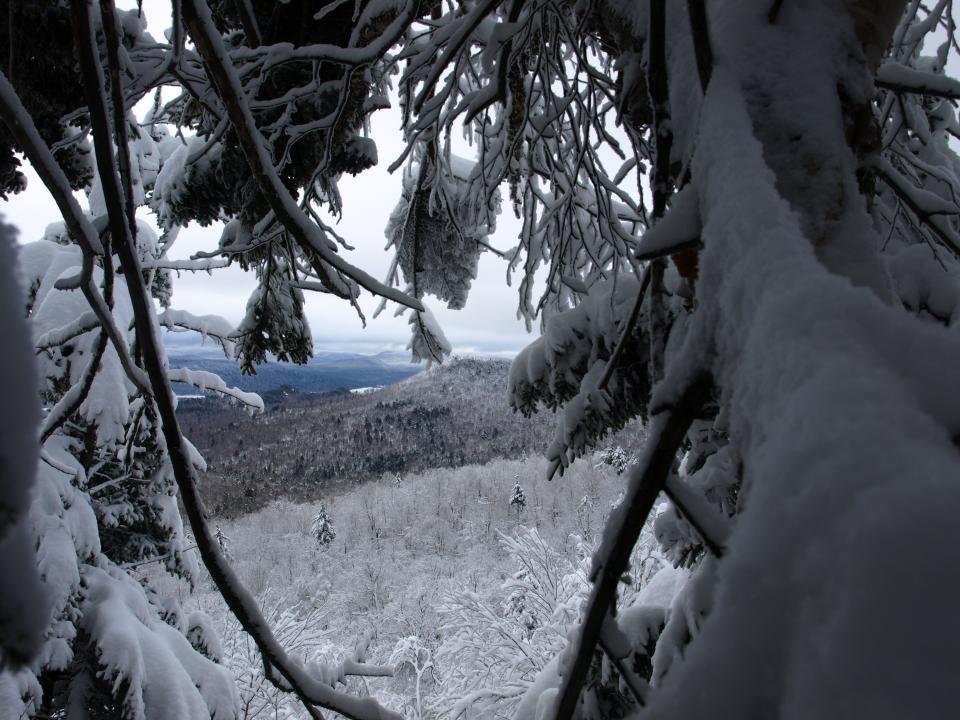
10. Blowdown or deadfall—this is a stack of dead trees lying atop one another.
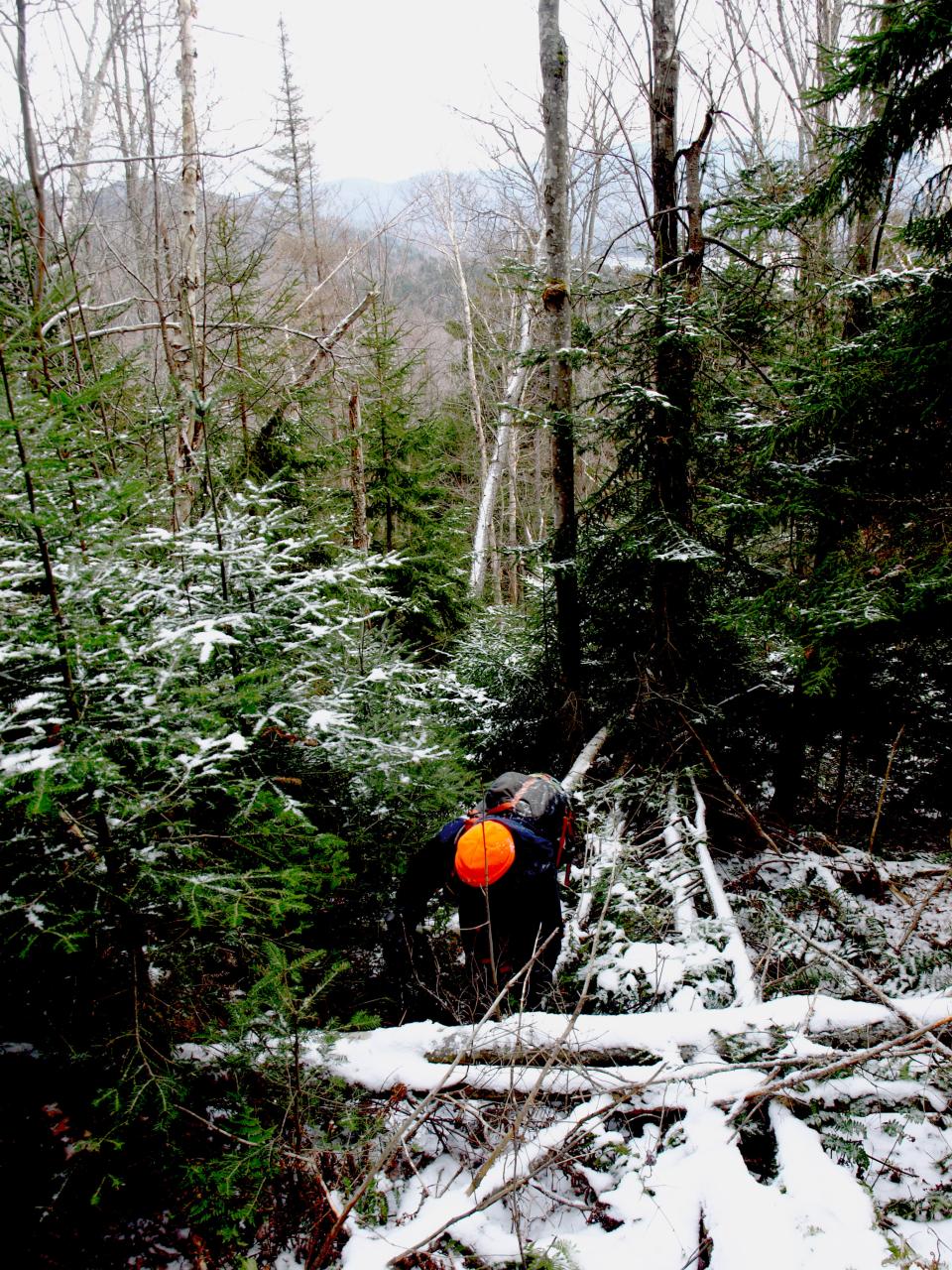
11. Seam—this is an opening in the trees that makes travel through thicker regions much easier.
12. Path of the least resistance—this is the route that makes travel easier and what most bushwhackers look for.
13. Gem—a feature unexpected, or even expected but rarely seen, usually a reference to a hidden pond or beaver marsh.
14. Snow fence—in winter, obviously, it's a thick band of trees where the branches have piled up many feet of snow creating a fence that you may have to push through.
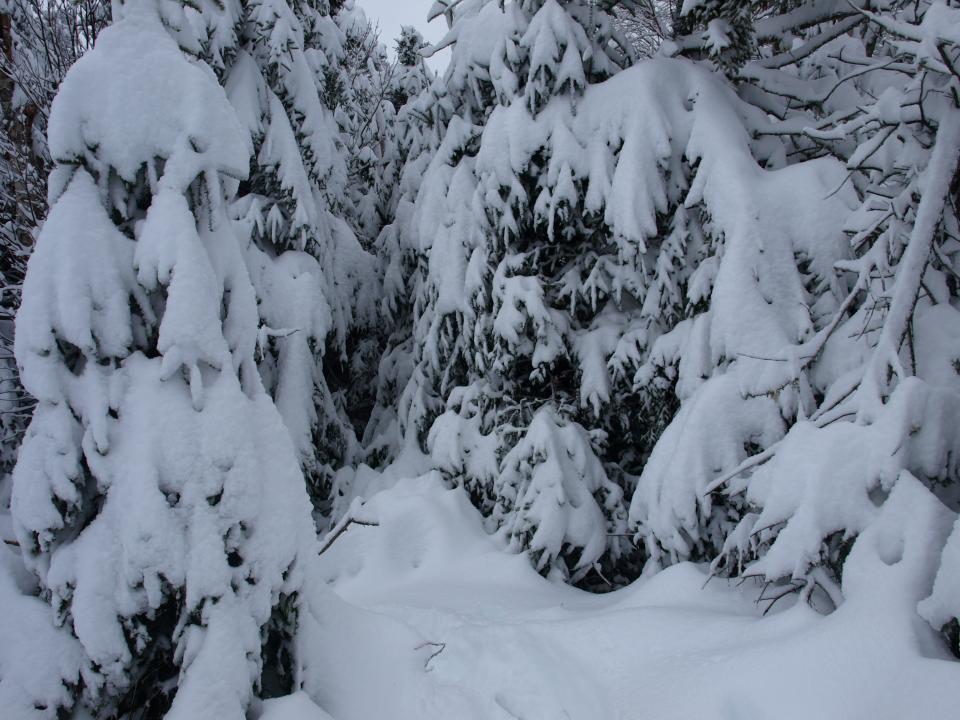
15. @#$##$%&&@#--this term is specific to how you are feeling at any one time where you might experience one of the above other terms.
Well, that's all I can think of right now, but I am sure there's more. If you think of any let me know.
In conclusion
Bushwhacking can be fun, but it can also be one of the hardest things you'll ever put yourself through. So, in short, be prepared - it will make it easier for this trip to be one of those experiences you wish to do again. Remember, bushwhacking isn't for everyone, but it should be one of those things everyone tries once. If you find yourself embracing the experience, it can provide a lifetime of adventure and pleasure.
If you want to learn more about bushwhacking, map and compass use, GPS functions, and gain experience from the professionals, check out some of our local guides. If you want quick answers just give me a shout right here, I would be happy to help.

